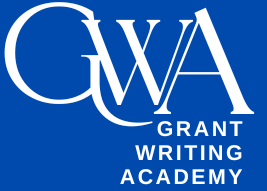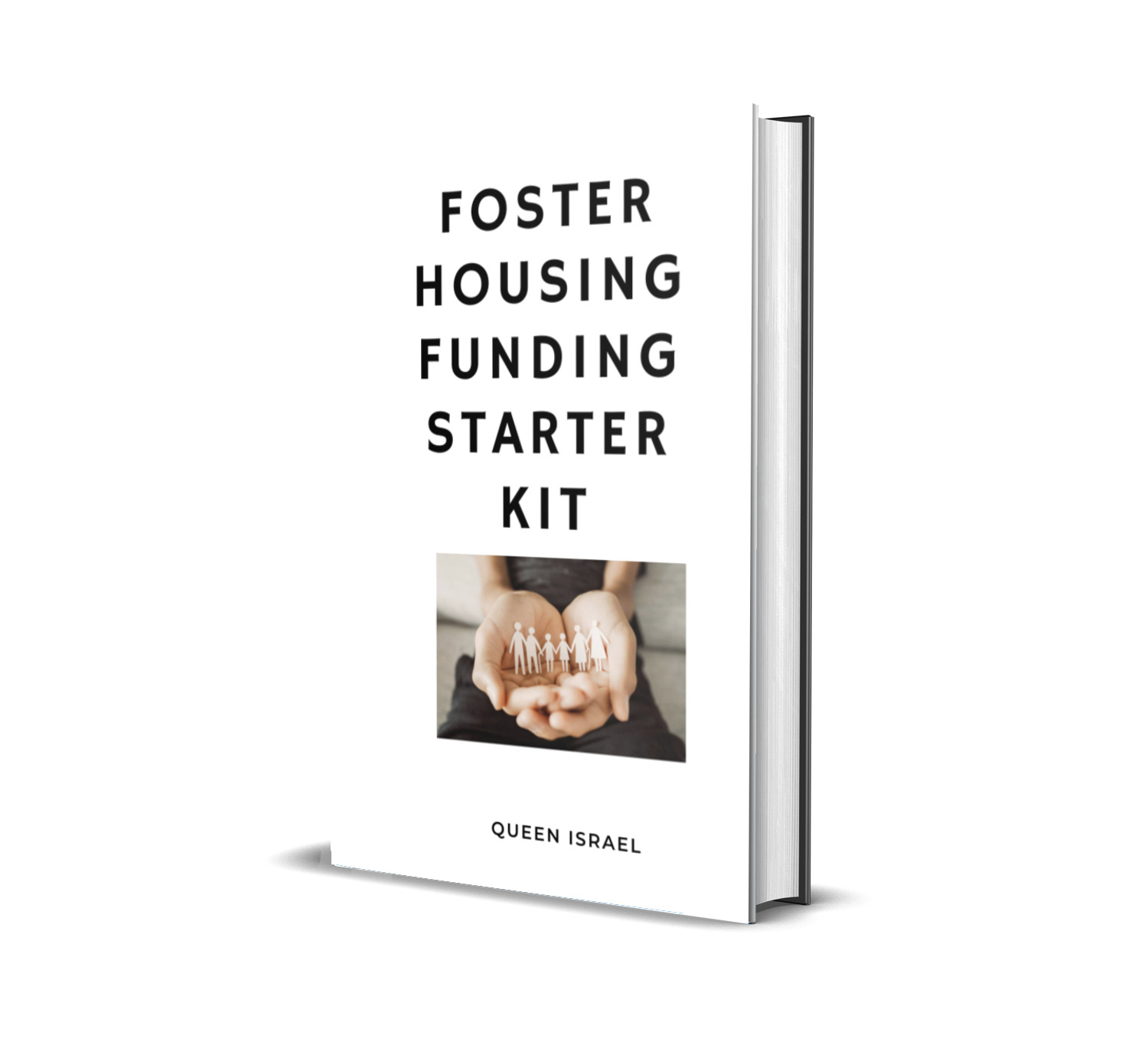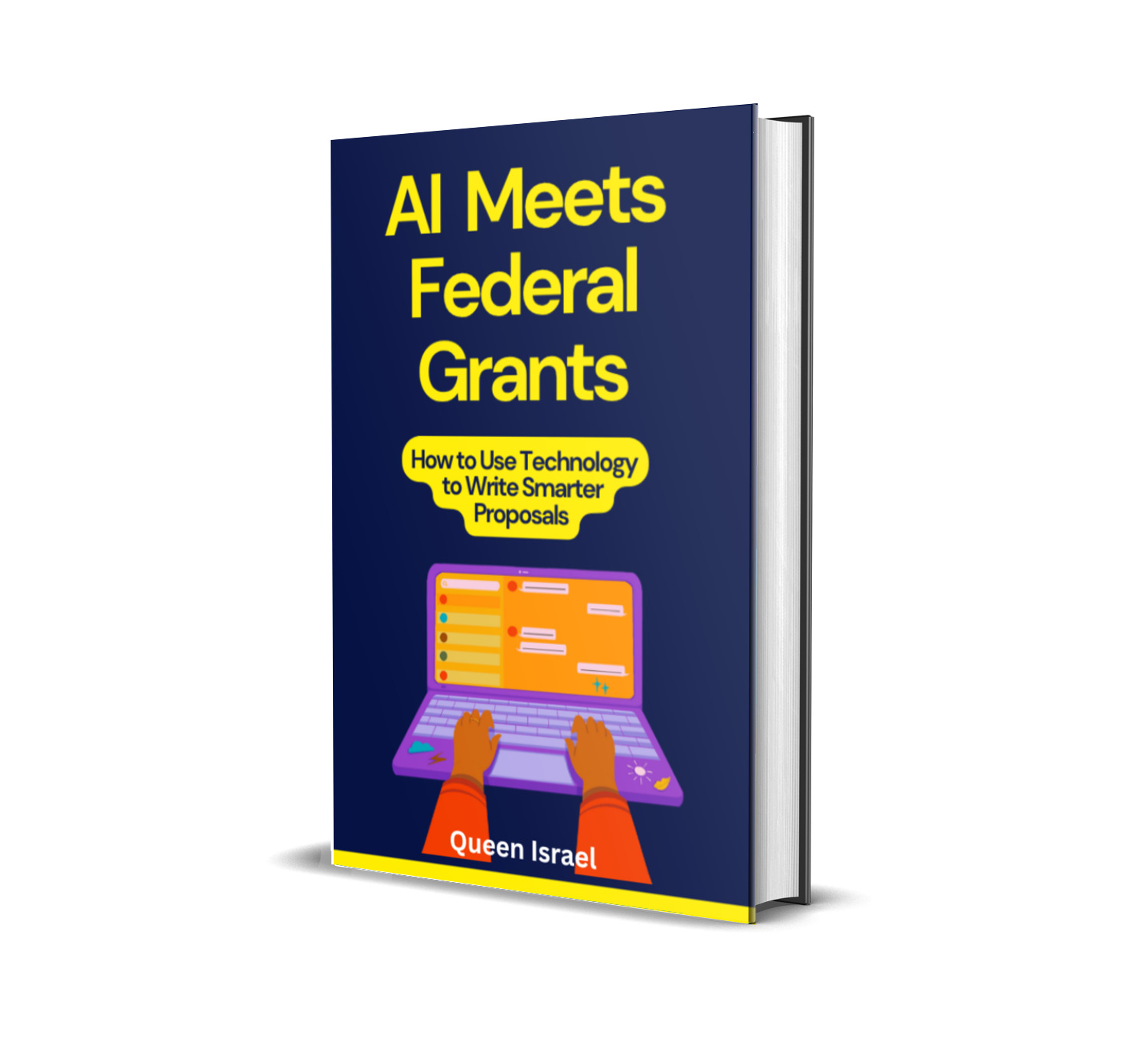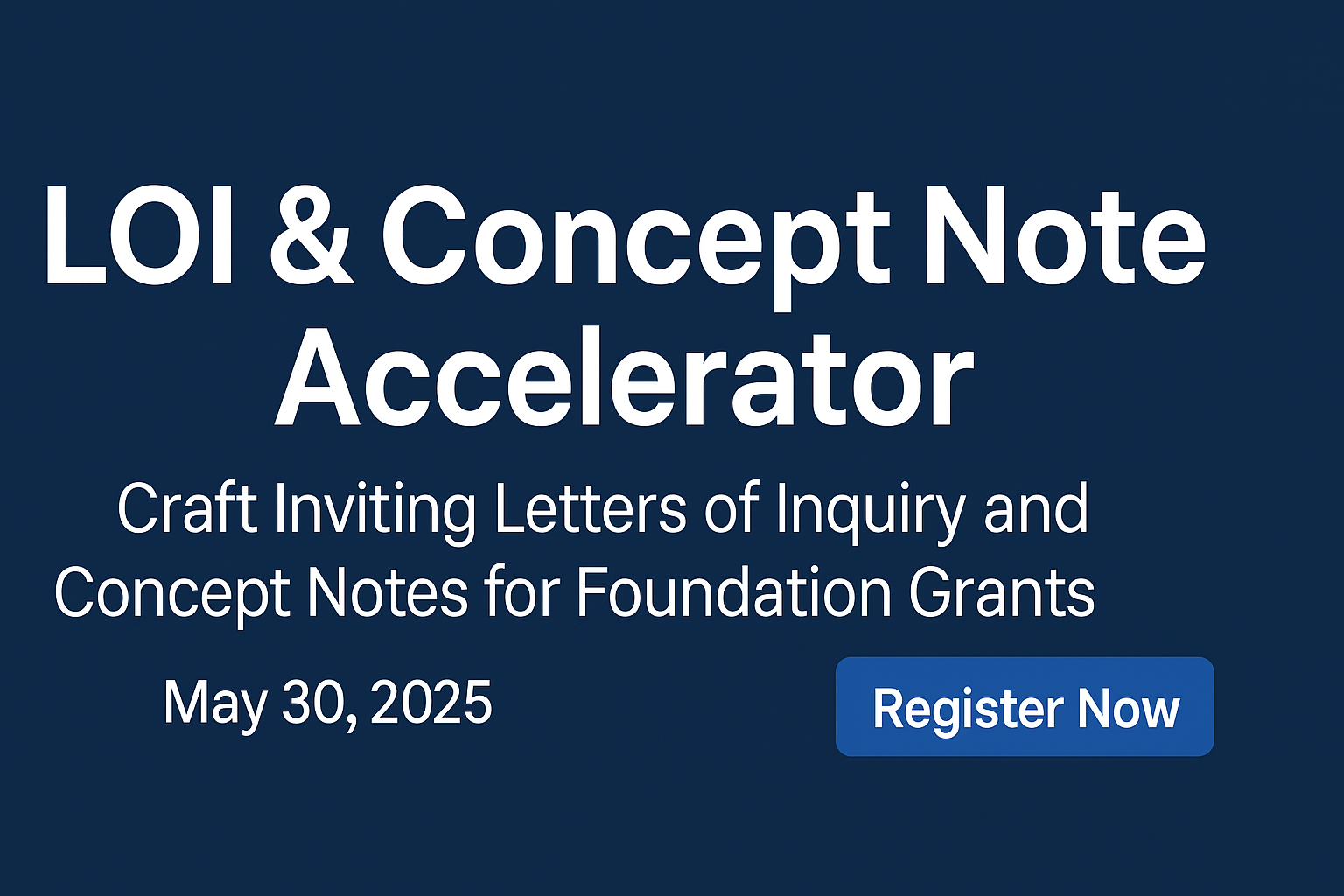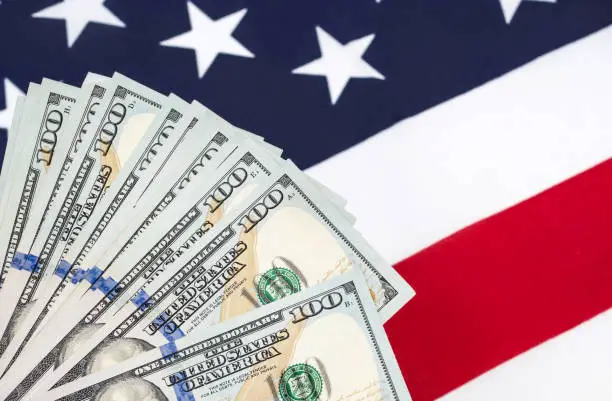Green Grant Writing is the art of preparing proposals that secure funding for projects aimed at improving the environment and promoting sustainability.
It involves a clear articulation of your project’s goals, a well-researched budget, and compelling evidence that your project will have a positive impact on communities and ecosystems.
By focusing on areas like renewable energy, energy efficiency, and eco-friendly practices, you’re tapping into a growing market of grants dedicated to combating climate change and fostering innovation in environmental stewardship.
Green grant proposals require precision, clarity, and a strategic approach that aligns your project with the funder’s mission.
It is not just about requesting money; it’s about telling a story of impact—a narrative that convinces decision-makers that your project is the right investment for a better future.
The Importance of Green Grant Writing
The need for sustainable solutions is more urgent than ever.
With climate change accelerating and natural resources under pressure, funders are increasingly prioritizing projects that offer environmental and community benefits.
Research shows that environmental grants have grown significantly in the past decade.
For example, a survey by the Grant Professionals Association revealed that approximately 65% of grant proposals for environmental projects require specialized expertise to secure funding.
This statistic underscores the importance of mastering green grant writing if you want to make a real difference.
Moreover, environmental grants provide more than just financial support—they enable innovation, empower local communities, and foster partnerships that drive systemic change.
By investing in green technology, energy efficiency, and renewable solutions, funders are not only addressing immediate environmental challenges but also building a foundation for long-term economic growth and resilience.
Key Terms in Green Grant Writing
To craft a compelling proposal, it is crucial to familiarize yourself with the language that funders expect.
Here are some common terms and phrases that frequently appear in green grant writing articles:
- Sustainable: Refers to practices that meet the needs of the present without compromising the ability of future generations to meet their own needs.
- Environment: Emphasizes the natural world and ecosystems that are impacted by human activity.
- Innovation: Highlights creative solutions and new approaches to environmental challenges.
- Community: Underlines the importance of local engagement and the social impact of projects.
- Funding: The financial support provided by grantors to bring projects to life.
- Impact: Measures the tangible results and positive outcomes of a project.
- Proposal: The document that outlines your project, its goals, and its budget.
- Strategy: The plan or method by which you intend to achieve your project’s objectives.
- Eco-friendly: Denotes products or practices that do not harm the environment.
- Renewable: Pertains to resources that are naturally replenished, such as solar or wind energy.
- Energy Efficiency: The goal of using less energy to provide the same level of performance or output.
Developing a Winning Strategy for Green Grant Writing
Crafting a winning proposal starts with a well-thought-out strategy.
Here are some actionable steps and strategies that can enhance your success rates:
1. Conduct Thorough Research
Before writing your proposal, conduct comprehensive research on the specific grant you’re targeting.
Understand the funder’s mission, values, and priorities. Look into previous projects they have supported and tailor your proposal to address their criteria.
Knowing the sustainable goals and environmental objectives of your target audience can set your proposal apart from the rest.
2. Define Clear Objectives
Your proposal should clearly state the objectives of your project. Funders are looking for measurable outcomes.
Define what success looks like and how you will measure impact. Incorporate specific, data-driven goals such as reducing carbon emissions by a certain percentage or increasing energy efficiency by a defined metric.
3. Build a Realistic Budget
A detailed and realistic budget is crucial. Provide clear estimates for every aspect of your project—from materials and labor to ongoing maintenance. This level of detail not only shows fiscal responsibility but also builds trust with potential funders.
4. Engage Your Community
Funders appreciate projects that involve local communities. Include testimonials, letters of support, or case studies that demonstrate community engagement and the social impact of your project. This human element makes your proposal more relatable and persuasive.
5. Emphasize Innovation and Eco-Friendly Solutions
Highlighting the innovative and eco-friendly aspects of your project can make your proposal stand out. Whether you’re utilizing renewable energy sources or implementing energy efficiency measures, make sure these aspects are front and center.
Funders are drawn to proposals that offer creative solutions to pressing environmental issues.
6. Use Data and Statistics
Support your proposal with data and statistics. Including relevant figures, such as projected energy savings or potential reductions in greenhouse gas emissions, adds credibility and demonstrates a thorough understanding of the project’s benefits.
For instance, research has shown that renewable energy projects can reduce operational costs by up to 30% over time, making them not only environmentally responsible but also economically viable.
7. Write Clearly and Concisely
Keep your language clear and accessible. Avoid jargon that might alienate readers who are not experts in the field. Your proposal should be understandable to a broad audience while still conveying the technical details necessary for funders to assess its viability.
8. Include a Strong Call-to-Action
At the end of your proposal, include a strong call-to-action that encourages further engagement.
Personal Insights on Green Grant Writing
Over the years, I have seen firsthand how a well-crafted green grant proposal can transform a good idea into a funded project with lasting impact.
One memorable experience involved a small community initiative that aimed to install energy-efficient lighting in public spaces.
The project not only enhanced safety and reduced energy consumption but also fostered a sense of pride among community members.
Writing that proposal was a collaborative effort, and every word was chosen with care to ensure that it resonated with both the funders and the community.
I learned that transparency and honesty are crucial. It’s important to acknowledge challenges as well as successes.
When you include data to support your claims and back up your sustainable approach, funders feel more confident in your ability to deliver results.
Additionally, embracing a conversational tone in your proposal makes the information more relatable. By speaking directly to your readers and using everyday language, you create a connection that can be just as persuasive as technical expertise.
I often remind myself that every grant proposal is a chance to share a vision—a vision of a cleaner, more eco-friendly future powered by renewable resources and innovative sustainable practices.
This perspective has not only helped me secure funding, but also inspired many of my peers to pursue projects that genuinely contribute to environmental conservation.
Data and Statistics on Green Grant Funding
Data plays a pivotal role in the success of any grant proposal. Here are some key statistics and insights that can help underscore the importance of green initiatives:
- According to the Environmental Protection Agency (EPA), investments in renewable energy and energy efficiency have grown by over 40% in the past five years.
- A report by the National Renewable Energy Laboratory (NREL) found that projects focusing on sustainable energy practices often experience a return on investment of 20% or higher over the first three years.
- Studies indicate that eco-friendly initiatives can lead to significant cost savings. For example, upgrading to energy-efficient systems can reduce energy costs by up to 25% in municipal projects.
- Surveys from various grant-making organizations reveal that proposals with clearly defined impact metrics are 30% more likely to receive funding.
These figures not only highlight the viability of green technology investments, but also emphasize the tangible benefits of sustainable practices.
When you include such data in your proposal, you offer funders a compelling reason to support your project.
Tips and Tools for Successful Green Grant Proposals
Success in green grant writing requires a blend of creative thinking and meticulous planning. Here are some practical tips and tools that have proven effective for many professionals in the field:
a) Understand Your Audience
Tailor your proposal to the specific funder you are targeting. Research their past projects, funding priorities, and strategic goals.
Customize your language to reflect their values, especially when discussing sustainable and eco-friendly innovations. Using targeted language not only shows that you’ve done your homework but also builds a bridge between your project and the funder’s mission.
b) Leverage Technology
Modern grant writing often involves using digital tools to streamline the process. Consider using budgeting software, project management platforms, or even grant tracking systems to ensure that every detail of your proposal is accurate and well-documented.
Tools like these can help you organize your data, track milestones, and ensure that your proposal is both detailed and error-free.
c) Develop a Clear Project Timeline
Include a detailed timeline that outlines the key phases of your project. A clear roadmap can help funders visualize the progression of your project and understand how each step contributes to the overall impact.
When combined with data and milestones, a timeline becomes a powerful tool that reinforces the feasibility of your plan.
d) Collaborate with Experts
When possible, collaborate with experts in environmental science, renewable energy, or community development. Their insights can add depth to your proposal, ensuring that technical details are accurate and that your sustainable approach is robust. Expert endorsements can also add credibility, making your proposal even more persuasive.
e) Refine Your Proposal Through Feedback
Before submitting your proposal, seek feedback from colleagues or mentors who have experience in grant writing.
Constructive criticism can help you identify areas for improvement and ensure that your message is clear and compelling. Remember, the goal is to communicate your vision effectively while providing solid evidence of your project’s potential for impact.
f) Use Visuals and Charts
A well-designed infographic or chart can convey complex data in a visually appealing manner. When discussing statistics or project timelines, visuals can break up dense text and make your proposal more accessible. Ensure that every chart or graph reinforces the key points of your proposal and highlights the benefits of your eco-friendly initiatives.
g) Stay Updated with Trends
The field of environmental funding is constantly evolving. Subscribe to industry newsletters, attend webinars, and participate in local sustainability networks. Keeping abreast of current trends not only sharpens your skills as a grant writer but also equips you with the latest data and insights that can enhance your proposals.
The Role of Sustainability in Grant Proposals
Sustainability is at the core of every green grant proposal. It is not only a buzzword but a fundamental principle that drives the planning, execution, and evaluation of your project.
Here are some key elements of sustainability to consider when preparing your proposal:
a) Environmental Impact
Your proposal should clearly articulate how your project will contribute to a healthier environment.
Whether you are working on energy efficiency improvements, renewable energy projects, or eco-friendly infrastructure, highlight the specific ways your project will reduce waste, lower emissions, or conserve natural resources.
Quantifiable metrics, such as reductions in carbon emissions or energy consumption, provide a strong case for sustainable investment.
b) Economic Viability
Sustainability also means ensuring that your project can stand on its own economically.
Funders are interested in proposals that not only deliver environmental benefits but also offer a viable return on investment.
Discuss how your project can generate savings, create jobs, or stimulate local economies through innovation and smart strategy. This dual focus on environmental and economic benefits makes your proposal even more attractive.
c) Social Responsibility
A truly sustainable project also takes into account its social impact.
Engage with local communities and explain how your project will enhance quality of life, promote community engagement, and address local needs.
Whether it’s through educational initiatives, job creation, or improved public services, demonstrating social responsibility is a key component of a robust green grant proposal.
d) Long-Term Planning
Funders want to know that your project isn’t just a short-term fix but part of a long-term commitment to sustainable development.
Include plans for ongoing maintenance, scalability, and future improvements.
A clear vision for the future reassures funders that their investment will continue to yield benefits long after the initial project is completed.
Common Pitfalls in Green Grant Writing
While the opportunities in green grant writing are vast, there are also common pitfalls that can derail an otherwise strong proposal. Being aware of these issues can help you avoid them:
- Overly Technical Language: While it’s important to include technical details, avoid language that is too complex. Your proposal should be accessible to both experts and non-specialists.
- Lack of Clear Objectives: Vague goals can weaken your proposal. Ensure that every objective is specific, measurable, and directly linked to the overall impact.
- Insufficient Data: Data and statistics provide credibility. Failing to include solid data can make your proposal seem less convincing.
- Weak Budget Justification: An unclear or unrealistic budget can undermine your proposal. Detail every cost and explain how each expense contributes to the project’s success.
- Ignoring the Funder’s Priorities: Tailor your proposal to align with the funder’s mission and goals. Generic proposals are less likely to stand out.
Making Your Proposal Stand Out
To truly capture the attention of funders, your green grant proposal must be both engaging and comprehensive. Here are some strategies to elevate your proposal:
a) Tell a Compelling Story
Even though the focus is on data and statistics, a compelling narrative can make your proposal memorable.
Share a brief account of how you became passionate about sustainable practices and why your project matters. Personal anecdotes, when used sparingly, can build trust and showcase your genuine commitment.
b) Highlight Key Innovative Aspects
Make sure to emphasize any innovative elements of your project. Whether it’s a novel approach to energy efficiency or a creative solution to waste management, highlight these points to show that your project is at the forefront of green technology.
Funders are drawn to proposals that offer fresh, eco-friendly ideas with measurable impact.
c) Incorporate Visual and Interactive Elements
While the written proposal is critical, consider adding visual elements such as charts, graphs, and infographics that support your data.
Visuals can simplify complex information and leave a lasting impression on reviewers. Even a well-organized timeline or process flowchart can significantly enhance the clarity of your proposal.
d) Collaborate and Seek Feedback
Don’t hesitate to involve colleagues, mentors, or industry experts in the review process. A second (or third) pair of eyes can help catch errors, provide new insights, and ensure that your proposal is as robust as possible. Collaboration often leads to creative solutions that can further strengthen your application.
e) Maintain Consistency in Tone and Messaging
A conversational and friendly tone goes a long way in making your proposal relatable. Consistency in language and messaging will build a coherent narrative that reinforces your commitment to sustainable practices and eco-friendly solutions. Keep the reader engaged by using language that is both professional and accessible.
Tools and Templates to Enhance Your Grant Writing
To help you succeed, there are several resources available that can streamline your green grant writing process:
- Grant Writing Software: Tools like GrantHub and Instrumentl can help you track deadlines, manage documents, and streamline communication with funders.
- Budgeting Templates: Use detailed spreadsheets to outline your project’s costs. Clear, itemized budgets are essential for convincing funders of your project’s feasibility.
- Proposal Templates: Many organizations offer templates that are specifically designed for environmental projects. These templates often include sections for data, impact statements, and sustainability plans.
- Industry Newsletters and Forums: Regularly reading industry-specific newsletters (like the Grant Writing Academy Newsletter) can keep you informed about the latest trends, funding opportunities, and success stories in the green sector.
Measuring the Success of Your Green Grant Proposal
After you’ve submitted your proposal, it’s important to track its performance and gather feedback, regardless of the outcome. Here are a few ways to measure your success and continuously improve:
- Success Rates: Monitor the percentage of proposals that receive funding. A benchmark to aim for is a 30% success rate, although this can vary depending on the competitiveness of the funding pool.
- Feedback from Funders: Request detailed feedback from reviewers, even if your proposal is not successful. This information is invaluable for refining future proposals.
- Community Impact: Track the long-term effects of your project on the community and environment. Data on reduced energy costs, lower carbon emissions, and improved local engagement can provide powerful evidence for future proposals.
Bringing It All Together
Green Grant Writing is a dynamic and evolving field. The combination of sustainable practices, eco-friendly solutions, and innovative strategies has never been more crucial.
By aligning your language with the core values of innovation, community, and impact, you ensure that your proposal resonates with funders and sets the stage for transformative change.
Every project you undertake not only represents a step toward environmental improvement, but also a commitment to creating lasting sustainable benefits.
For those eager to refine their approach and learn more about the latest trends in green grant writing, http://grantwritingacademy.substack.com
This invaluable resource offers tailored tips, proven strategies, comprehensive templates, and effective tools that have helped countless professionals enhance their success rates.
The newsletter is designed to empower you with the knowledge and confidence you need to turn great ideas into funded projects that drive real impact.
Recap:
Green Grant Writing is an art and a science—a blend of creativity, strategic planning, and rigorous data analysis. As you work on your next proposal, keep these key elements in mind:
- Clear Objectives: Define your goals with precision and support them with measurable data.
- Engaging Narrative: Craft a narrative that reflects your passion for sustainability and eco-friendly innovations.
- Solid Data: Use statistics and charts to back up your claims and build credibility.
- Tailored Approach: Customize your proposal to match the funder’s mission and values.
- Continuous Improvement: Learn from each experience and refine your proposals with feedback and research.
The journey toward successful green grant writing is ongoing.
Every step you take not only contributes to your professional growth but also makes a tangible difference in the environment and the communities you serve.
Your commitment to creating projects that deliver impact is what ultimately drives success in this field.
If you found this guide helpful and you’re ready to elevate your grant writing skills, I encourage you to subscribe to the Grant Writing Academy Newsletter.
With exclusive insights, industry trends, and practical templates at your fingertips, you’ll be well-equipped to secure the funding needed for your next sustainable project.
By joining a community of like-minded professionals, you’ll gain access to a wealth of resources designed to enhance your success rates and inspire innovation.
Thank you for taking the time to explore this comprehensive guide on Green Grant Writing. Every successful proposal begins with a well-crafted idea and a commitment to excellence.
Stay dedicated, continue learning, and keep pushing the boundaries of what is possible in the realm of environmental and eco-friendly projects.
